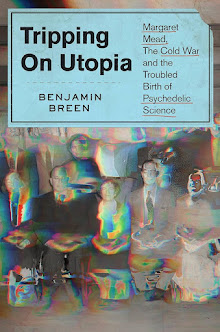"[He] poured the water softly upon his head until the cloth was full, up to the mouth and nostrils, and somewhat higher, so that he could not draw breath but he must suck in all the water."
— A True Relation of the Unjust, Cruel and Barbarous Proceedings against the English at Amboyna (London, 1624).
I've been reading Miles Ogborn's Indian Ink— A True Relation of the Unjust, Cruel and Barbarous Proceedings against the English at Amboyna (London, 1624).
This page (seemingly an extract or adaptation from Anthony Farrington's Trading Places: The East India Company and Asia
In February 1623 Gabriel Towerson, English chief on the clove island of Amboina, and nine other Company servants (together with nine Japanese samurai mercenaries, some of them from Hirado, and a Portuguese) were executed by the Dutch Governor Herman van Speult on a charge of conspiracy to seize the fort there. The proceedings were marked by horrific tortures to extract confessions and it is likely that the `plot' was a convenient fabrication designed to drive the English permanently out of the spice islands. The news caused uproar in Europe. Pamphlets replete with gory frontispieces and titles beginning A true relation of the unjust, cruell and barbarous proceedings against the English appeared in London, to be refuted in turn by publications from Amsterdam, but the affair was never settled and joined that of Run to bedevil Anglo-Dutch relations for two generations. Soon after the English Company withdrew from Japan and mainland Southeast Asia.The edition of A True Relation scanned into Early English Books Online contains an interesting marginal annotation, which I've cropped below:
The poor scan quality and general illegibility of seventeenth century handwriting makes parts of this difficult to transcribe, but my guess it reads something like this:
"This Relation is made publick from an MS never before printed & written by Mr Beaumont one of ye Persons who escaped yt to Macassar[?] and with several others made affidavit of this Barbaritey in ye High Court of Admiralty."








5 comments:
Oh, very interesting! I think I'm going to put Indian Ink on my to-read list, though the marginal notation was what really caught my eye.
"This Relation is made publick" and I think that "some others" is actually "several others."
Excellent paleographical skills Rachel! Duly noted. I kept reading "publick" as "sinbluck" because of the weird 'p'!
Thanks for the correction.
I think it might say "who escaped ye Massacre" - but it is hard to decipher.
I think you're correct. Thanks! Having multiple sets of eyes examine something is very helpful for paleography...
Post a Comment